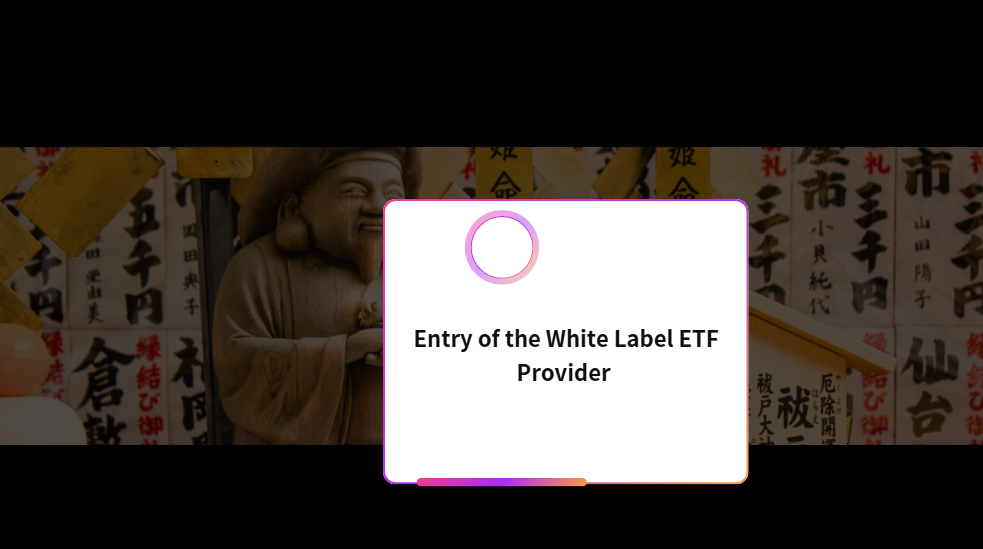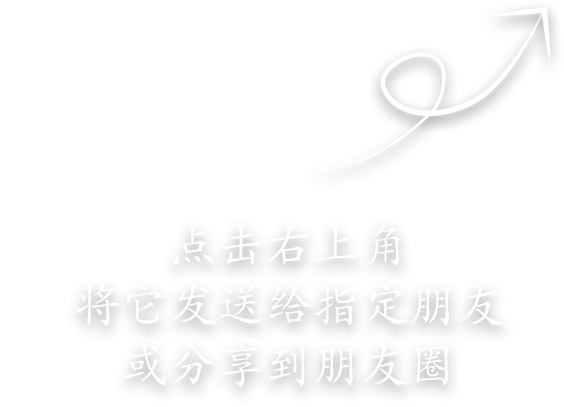Bank of Japan Unveils Plan to Slow Sale of Government Bonds
Japan's financial markets are facing a delicate balancing act as global risks intersect with domestic economic challenges. The Bank of Japan (BOJ) has announced a plan to slow its balance sheet drawdown next year in response to rising global uncertainties, including geopolitical tensions and trade disputes. This move underscores the BOJ's efforts to stabilize the market and manage Japan's significant debt load.
Rising Yields and Market Volatility
The market for Japanese government bonds (JGBs) has recently attracted attention due to a surge in yields, which has raised concerns for governments with substantial debt levels. Last month, yields on super-long JGBs reached record levels, prompting urgent action from the BOJ and the Ministry of Finance to steady the market.
Tapering Quantitative Tightening
The BOJ has been reducing its monthly bond purchases as part of its quantitative tightening process. In the current quarter, the central bank is purchasing 4.1 trillion yen of JGBs monthly, down from 4.5 trillion yen each month from January through March. The BOJ announced that the tapering pace will slow to 200 billion yen per quarter starting next April.
Enhancing Market Liquidity
To improve liquidity and accelerate its bond divestiture, the BOJ has decided to allow investors to keep a wider variety of 10-year notes borrowed through its lending facility. This measure is expected to enhance market stability.
The Burden of Outstanding Debt
Japan holds approximately 1.3 quadrillion yen ($9.07 trillion) in outstanding debt securities, the world's second-largest amount after the US Treasuries market. Persistent fiscal deficits have driven Japan's debt-to-GDP ratio to about 250%, the highest in the developed world. However, approximately 90% of Japan's debt is held domestically, insulating the JGB market from global investors.
Investor Warnings and Domestic Challenges
Long-dated bonds globally have faced sell-offs as investors grow wary of widening fiscal deficits and increasing debt levels. Japan faces unique challenges, including lawmakers considering fiscal stimulus measures ahead of the upper house elections in July. Demand for super-long bonds has waned among traditional buyers like life insurers, who have shifted to higher-yielding debt.
Strategic Adjustments in Bond Issuance
The Ministry of Finance is planning to reduce the issuance of 20-, 30-, and 40-year bonds while increasing the issuance of shorter-term notes. The ministry is also considering buying back some super-long JGBs to balance the debt structure and mitigate the impact of rising yields.
Attracting Foreign Investors
The rise in JGB yields has made them increasingly attractive to foreign investors, especially those looking to diversify away from the US dollar. However, foreign holders tend to be more volatile, creating market instability. Finance Minister Katsunobu Kato has emphasized the importance of domestic ownership of national debt and proposed new types of floating-rate notes and bonds designed for individual investors.





















































First, please LoginComment After ~